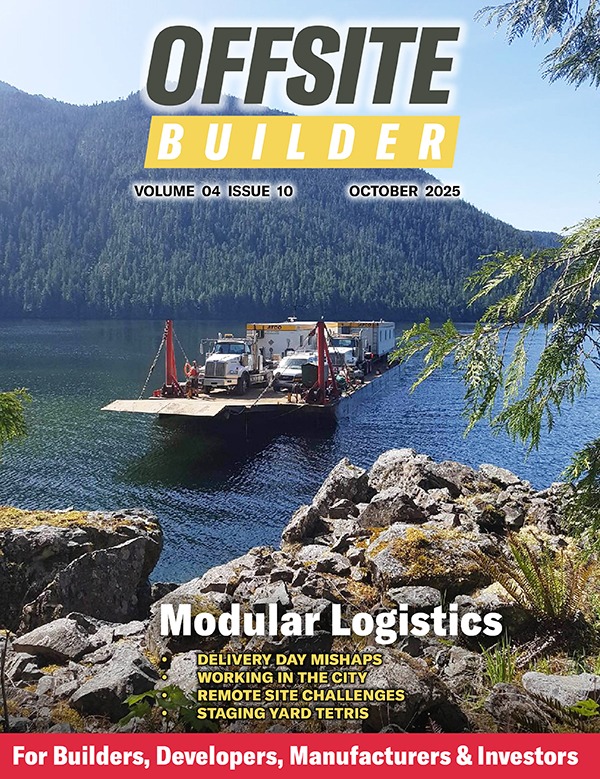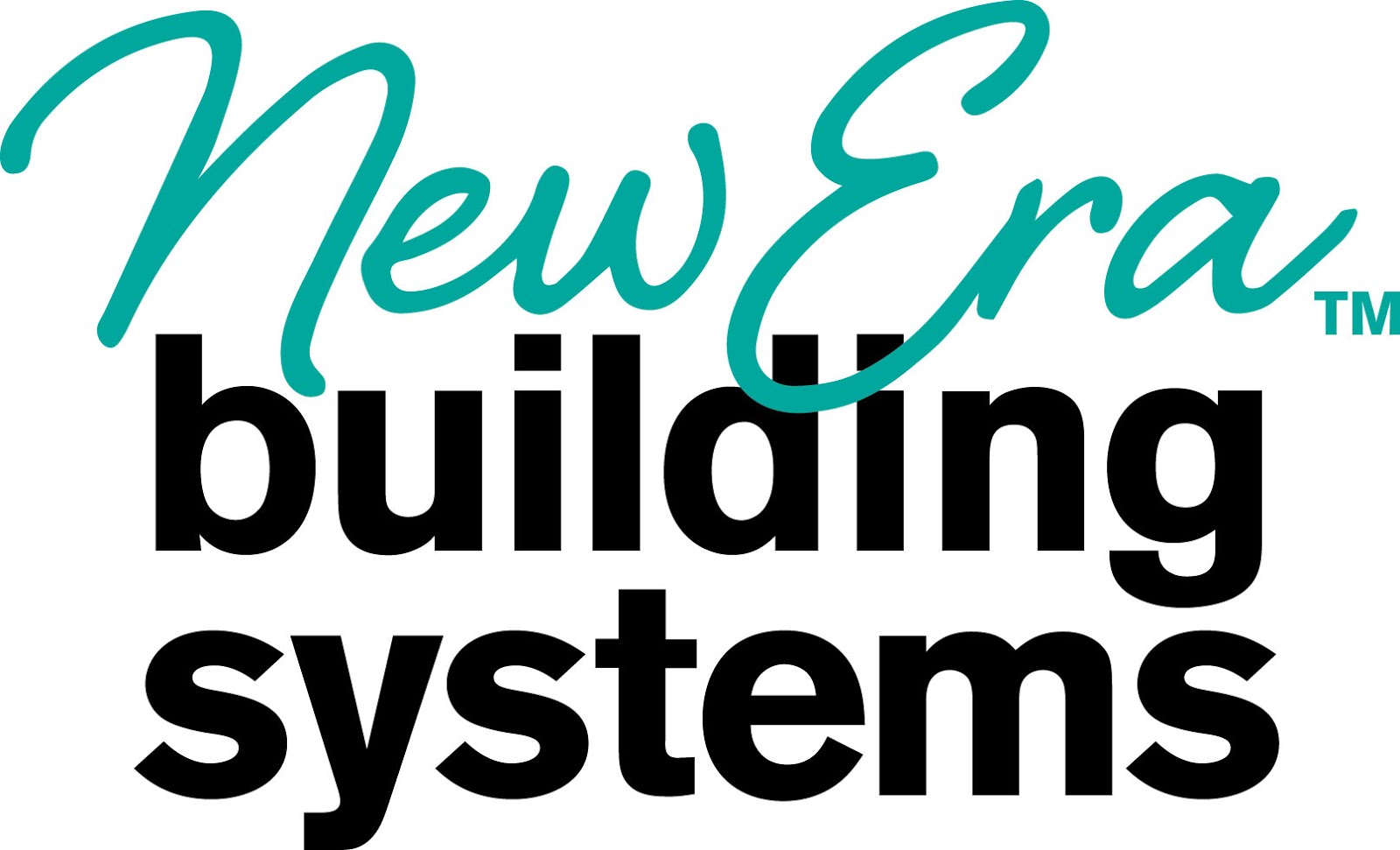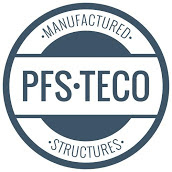If you work in offsite construction, you already know this business rewards careful management and punishes wishful thinking. People often ask me, “How long does a new offsite factory usually last before it closes, goes bankrupt, gets sold, or merges with another company?” There’s no single number that applies to every offsite business, but we can make a good estimate by looking at construction and manufacturing data, along with what’s happened in modular housing.

In developed countries, small businesses face tough odds. In the U.S., for example, only about 35% of companies that started in 2013 were still operating ten years later. That’s a sobering number for any industry that requires big upfront investments like ours. Research from the Organization for Economic Co-operation and Development (OECD) shows that most companies are at the greatest risk of failure during their first few years—a period sometimes called the “liability of adolescence.” This pattern is familiar to many first-time factory owners trying to move from start-up chaos to steady production. In Europe, studies show that construction companies typically last around 10 years on average—again, shorter than most other types of businesses and right in line with what we see happening in offsite construction.
Put together, here’s a practical estimate for offsite based on sector-adjacent evidence and industry cases:
- Forced exits (closure/bankruptcy): Most happen in the year 3–7 window, when working capital strain collides with estimating mistakes and delayed receivables. This aligns with survival curves and with the documented peak in young-firm exit risk.
- Strategic exits (sale/merger): Healthy acquisitions in capital-heavy industries often occur around years 7–12 once a plant has repeatable throughput and a book of customers. Broader M&A/IPO benchmarks show tech firms going public far older today (often mid-teens) and private acquisitions frequently around ~7 years, reminding us that buyers pay for proven, not promised, performance.
For modular housing specifically, recent history underscores the pattern: several high-profile ventures—some lavishly funded—have struggled or shut amid planning delays, scale-before-fit mistakes, and cash burn.
Below are the six biggest reasons I see offsite firms exit early—drawn from contractor failure research, OECD firm-dynamics work, and the modular sector’s bruises.
1) Cash Flow Myopia: Winning Work That Starves the Plant
Contractors don’t usually “starve”—they die from gluttony: too much work, too fast, priced too thin, and financed too loosely. Offsite magnifies this because deposits, production draws, and site progress payments rarely line up cleanly. One or two delayed owner payments can freeze a line, trip covenants, and force fire-sale equity or worse. Industry analysts have been blunt about this pattern in contractor failures.
2) Estimating Error Meets Variance in the Wild
Many factories go under not because the product is bad, but because the math was wrong. Underestimated site costs, transport, cranage, and rework erode gross margin long before SG&A is covered. OECD work shows young firms are more exposed to shocks in volatile sectors; in offsite, even small variance hits every module.
3) Scale Before Fit: Automation Without Product-Market Rhythm
Buying robotics, adding shifts, or leasing bigger space before your design library, approvals path, and channel are truly repeatable leads to stranded overhead. Several modular stories since 2020 read exactly like this—ambitious capacity, slow approvals, and expensive stand-by time. Large planning and permitting delays have been singled out as critical drag in high-profile modular shutdowns.
4) Working-Capital Physics in a High-Rate World
Even solid operators can’t outrun macroeconomics. Rising interest rates lift carrying costs on inventory, WIP, and receivables. OECD analyses of insolvency risk during and after COVID flagged how modest revenue hits combined with debt loads can push otherwise viable firms into distress. Offsite’s capital cycle is especially sensitive here.
5) Governance Gaps and “All-in-One” Temptation
The Katerra post-mortems are not about bad people; they’re about governance and complexity—trying to be designer, GC, manufacturer, and supply chain platform simultaneously. Escalation-of-commitment research shows how big visions can outrun control systems, especially when milestones blur.
6) Approval, Code, and Community Friction
Factory efficiency doesn’t rescue a project stuck in planning, zoning, or utility purgatory. When pre-sales depend on approvals you don’t control, cash burns while payroll, rent, and debt remain. Several UK and EU modular closures cited planning delays and legacy contract losses as direct contributors.
What This Means for You
If you’re new to offsite, don’t let the averages spook you—use them. The survival curve says your red zone is years 3 to 7; design your financing, estimating discipline, and order book to crush those years. Keep automation ambitions in phase with repeatable design SKUs and dependable demand. Structure owner draws and lender covenants around factory reality, not stick-built lore. And treat approvals like a parallel production line with its own takt time and KPIs.
The long game is possible. Plenty of teams reach year 10 and choose their exit—merge up, sell at a premium, or keep compounding. But getting there in offsite requires a temperament I see in the best operators: cash-first habits, boring repeatability, and a borderline obsession with scope, schedule, and change-order hygiene. In a sector where the headlines celebrate speed and scale, the survivors celebrate discipline.
.
With over 9,000 published articles on modular and offsite construction, Gary Fleisher remains one of the most trusted voices in the industry.
.

CLICK HERE to read the latest edition

Contact Gary Fleisher












